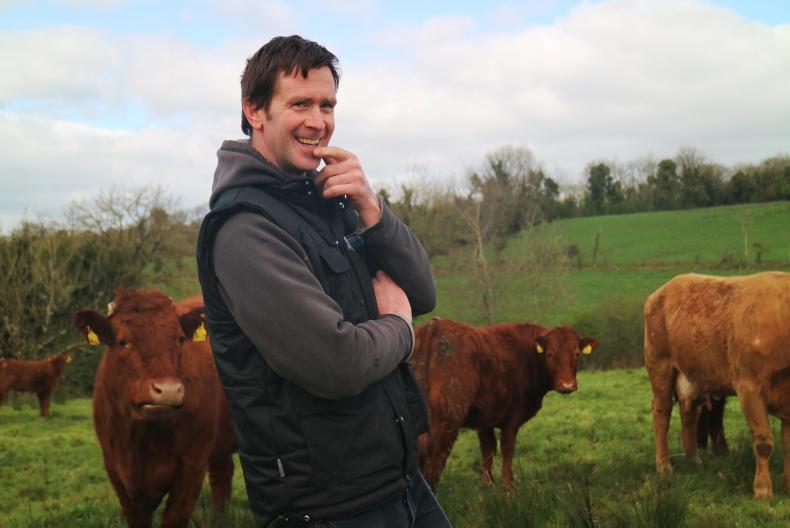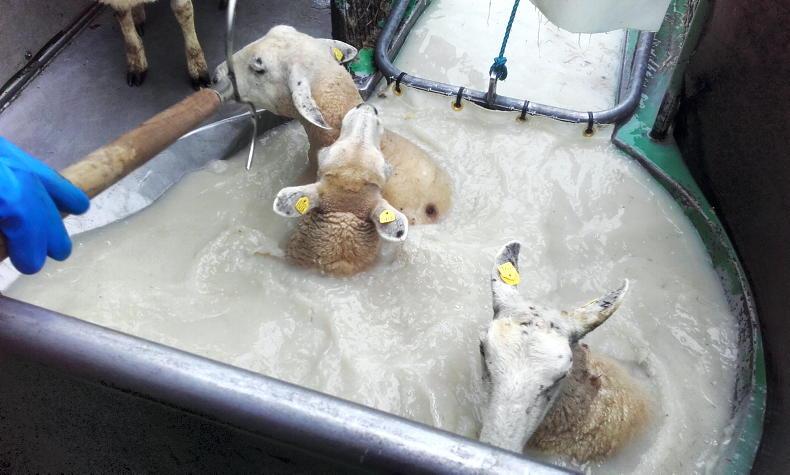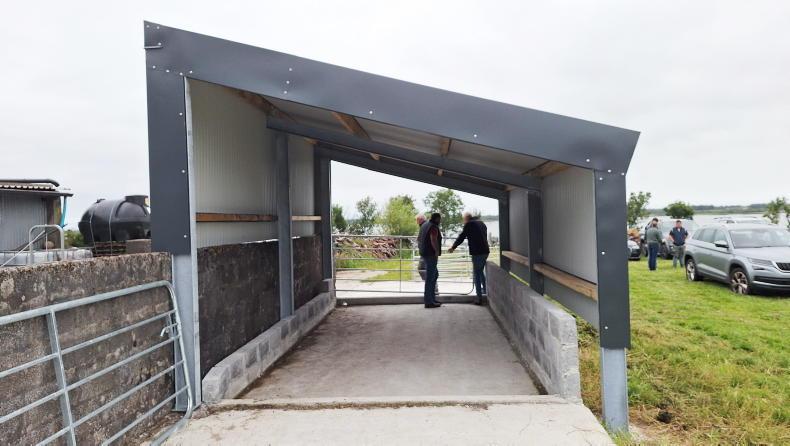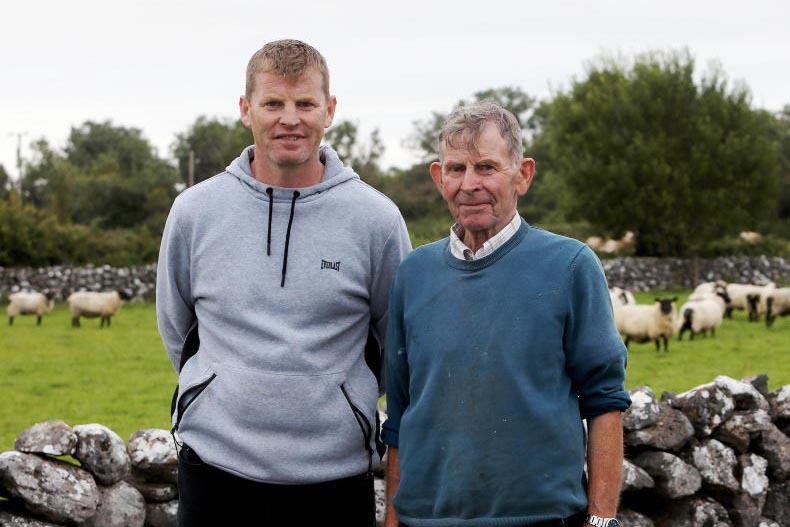Garreth runs a spring-calving suckler-to-weanling herd. The 34ha farm is wet by nature, though this year Garreth was grazing in February. Indeed, the fact that he begins calving in January means that having early grass, and more importantly getting to eat it, is vital.
Garreth McCormack, Bailieborough, is the new Cavan BETTER farmer. The silage sward in the video below was grazed and closed a fortnight ago pic.twitter.com/rCK9i21D5L
— FJ Beef (@FJBeef) April 13, 2017
Thirty-two cows calved this year, with the plan being to grow the herd as the BETTER farm programme progresses and potentially move toward finishing some of the progeny. Garreth operates an AI-based breeding policy and when we visited his submission rates had been exceptional. There is no doubt that Garreth’s spring grassland and stock management skills have had a role to play in this – his cows are on a high plane of nutrition soon after calving, helping to speed up the onset of reproductive cyclicity.
Sire selection
Milk is major for Garreth when selecting bulls – a heavy weaning weight is a must. This year he is using popular bulls ZAG, CWI (Limousin), SA2189 and S1544 (Saler) to produce replacements. There were some exceptional FSZ progeny on the farm when we visited too.

In the podcast below, he describes how he managed stock at grass in what was a frustrating spring weather-wise at times. Impressively, Garreth was able to close his silage ground on 3 April, having had his bulling heifers there from mid-February. He tells us how he allocated 12-hour grazing areas to cattle – keeping them moving. In the video below, we can see both the quality of the material that will be going into Garreth’s first-cut crop and that there has been no lasting damage to the ground as a result of early grazing.
Listen to “Cavan BETTER farmer on managing stock at grass” on Spreaker.
Research has shown that grazing silage ground prior to cutting, in late autumn or early spring, boosts dry matter digestibility (DMD) by six units. In terms of feeding value, six extra DMD units equate to 2kg of concentrates daily. Many will use the yield argument against grazing pre-cut, but we are getting the same amount of production from our land – the forage simply goes into the animal in grass form as opposed to silage.

















SHARING OPTIONS